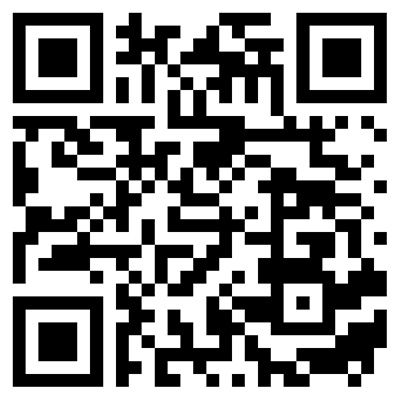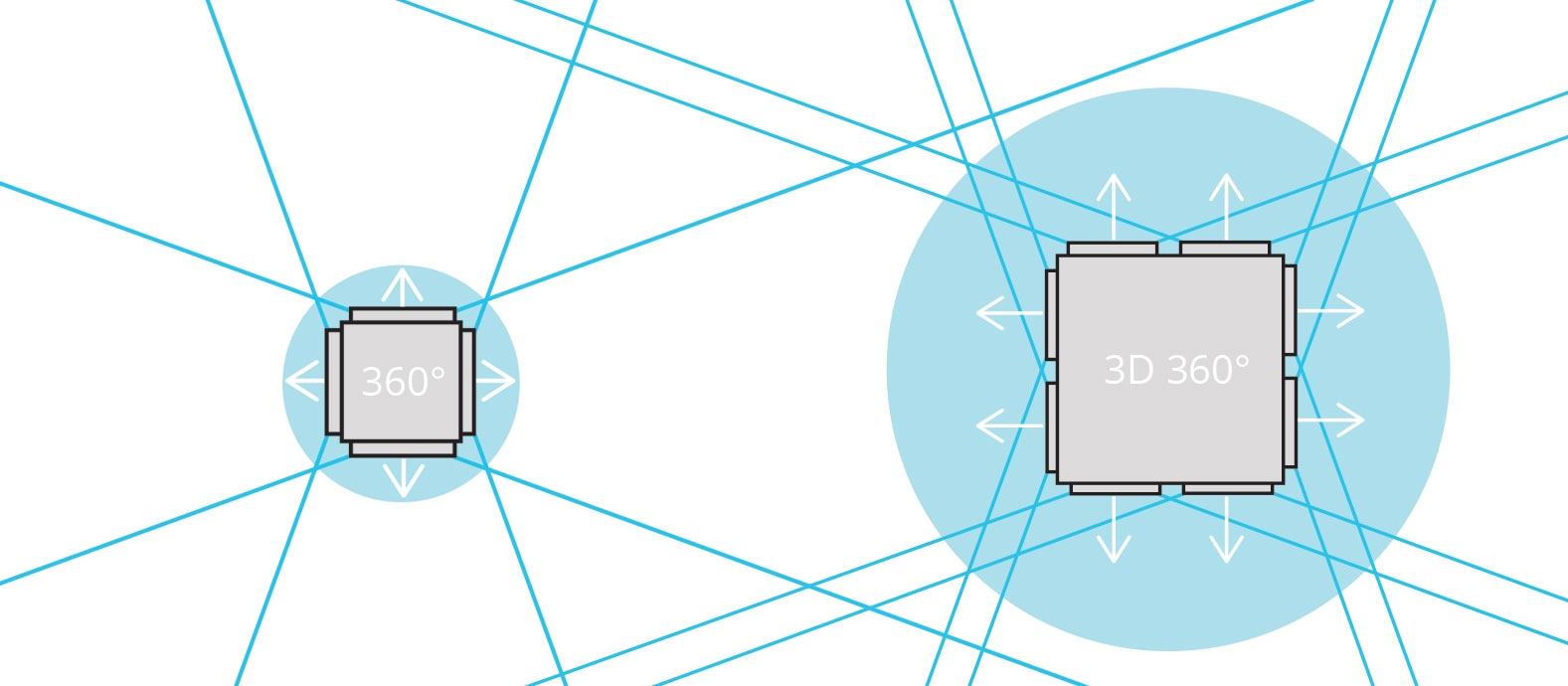VR Cardboard glasses are not only suitable as giveaways in themselves, but can also be utilized to effectively present your own company or products. There are different types of content that are highly suitable for such presentations using a Google Cardboard.

The easiest way to present panoramic photos and architectural visualizations is using VR glasses. Although 2D panoramic photos are most common, 360° 3D photos or visualizations are much more popular because they convey a certain depth and are a closer reflection of reality. Panoramic pictures can be integrated into a panorama and published easily on the web. Take a look at the example on the right using a pair of VR glasses to see the difference between 2D and 3D images.

The most common content currently being produced is 360° videos, which allow users to look all around themselves. A real hype has developed surrounding these videos, especially since they are also supported by YouTube and Facebook. But be careful: There are three different types of 360° video and each has its advantages and disadvantages. Watch the videos below using a Google Cardboard to see the differences. As an insider tip, we recommend 180° 3D videos.
A regular 360° movie lets you look around but has no depth because only one lens is used to film in one direction. The 3D effect is very weak. Many agencies offer such recordings.
A 360° movie in 3D is filmed through two lenses facing in the same direction, creating a true stereoscopic image. It is very difficult to create high-quality content this way. If you wish to present real 3D recordings, a 180° movie is a good alternative.
The best option for VR glasses is to animate the entire content. This yields very good results, as it is easy to render one image for the left and one for the right eye. This type of content can easily be created by any 3D animation agency.
3D content is best suited to virtual reality applications. If the content is to be interactive, it can also be presented on the web but this is still extremely experimental and apps are therefore the better option. Native apps for Android or iOS developed with the Google Cardboard SDK have proven to be the most effective way to present virtual reality content.